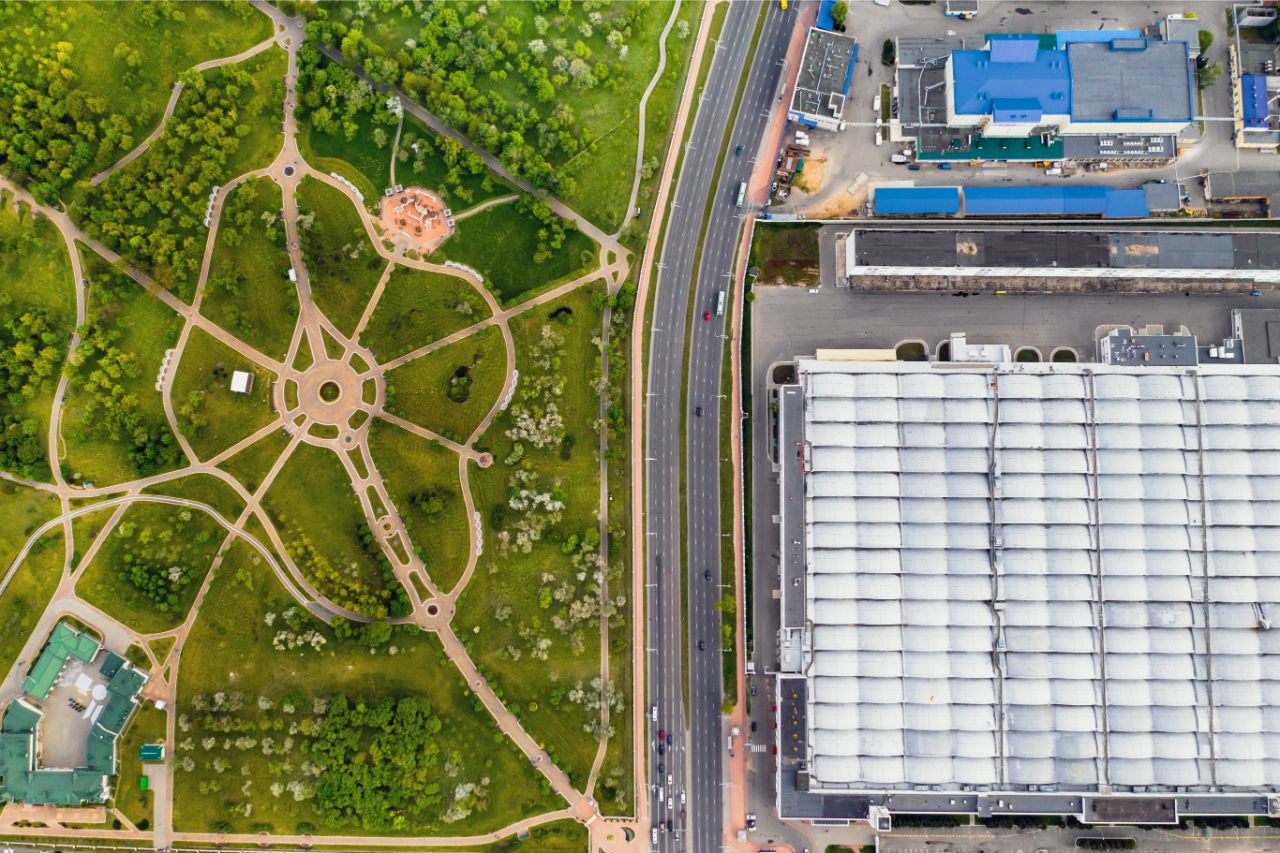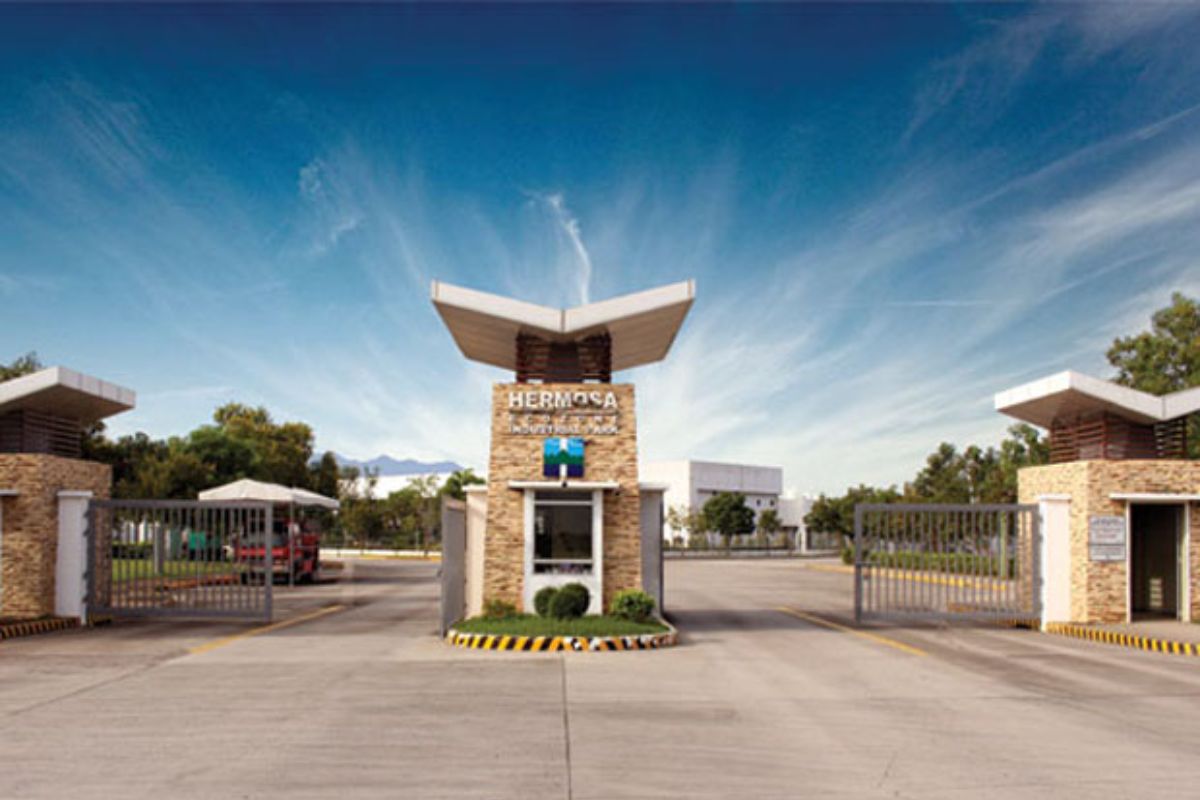How can your business build sustainability from an industrial park?
- Efficient use of infrastructures
- Improved resource and waste management
- Job creation
- Reduced costs
- Increased investment opportunities
A growing number of businesses are integrating sustainability into their business strategy with the realization that they can enhance operational success by doing good. As such, you might want to know how to build business sustainability from an industrial park.
The goal of a sustainable business strategy is to make a positive impact on either the environment or society as a whole. When companies fail to build sustainability, different issues can arise such as environmental degradation and social inequality. Beyond helping curb these challenges, sustainability can drive business success immensely by impacting consumer purchasing decisions and attracting investors. Today, most investors analyze an organization’s ethical impact and sustainability practices such as carbon footprint and community development efforts.
Aligning your business strategy with sustainability offers a ripple effect of advantages. Today, we will tackle some ways on how you can develop business sustainability from an industrial park.
Efficient Use Of Infrastructure
One of the primary benefits of having a business located in an industrial park is its high accessibility to integrated infrastructure. In general, industrial parks are built to provide a conducive environment for businesses like manufacturing in light and medium industries.
Manufacturing firms continuously seek solutions to exert sustainability efforts like decreasing negative operation impacts on the environment. In the same manner, industrial parks are trying to adapt to sustainable growth trends that will benefit their clients. Industrial parks encourage businesses to regulate sustainability practices through the efficient use of infrastructures.
Take the need for sustainable energy supply management for example. Each organization will demand different variations of energy supply depending on their manufacturing processes. One of the ways your business can build sustainability from an industrial park is by gaining solutions for smarter energy consumption. Energy efficiency is maximized given the shared location of infrastructures. Industrial parks also make way for sustainability through the use of renewable and shared energy sources.
Other examples could include shared logistics facilities, shared parking, green building retrofits, or co-generation (the shared use of otherwise wasted heat from generating electricity). It is also worth noting that industrial parks are being transformed into eco-industrial parks, which are specifically designed to mitigate environmental damage such as greenhouse gases and CO2 emissions. This can be done by the use of renewable materials and technologies upon construction. An industrial park that practices these sustainability efforts is Hermosa Ecozone Industrial Park near Bataan.
Improved Resource And Waste Management

Given the endless demand for consumer products, manufacturing companies produce a large volume of goods and therefore, large quantities of waste. In an age where waste is an ever-growing environmental concern, organizations are being called upon to improve its resources and adopt an efficient recycling and waste management system.
World- class industrial parks offer these kind of amenities. From high-power electric grids, communications cables, large-volume water systems, fire protection, security, private roadways, freight forwarding, and employee transportation to nearby establishments. These shared resources have been aimed to provide integrated waste management.
Industrial park owners such as the Science Park Of The Philippines (Science Park) continue to regulate waste products from its manufacturing companies. With an emphasis on pollution prevention, maximizing resources, and reducing the use of toxic materials through site waste treatment plants — businesses significantly benefit from the sustainability methods applied.
Science Park is the first to introduce the concept of a centralized wastewater treatment plant in its industrial parks. The Light Industry & Science Park IV in Malvar, Batangas and Light Industry & Science Park I in Cabuyao, Laguna boast of a centralized wastewater treatment plant that recycles effluent into industrial water for light manufacturing activities. This facility treats 1,000 cubic meters of water daily. It uses an activated sludge process to treat wastewater from locators to comply with the Class B standard which is the water body classification of those designated for tourism purposes such as Taal Lake.
Job Creation
As stated earlier, building sustainability does not only involve the environment but communities as well. Businesses operating under light and medium industries hire hundreds and thousands of employees resulting in improved job creation for the city.
To double down on the sustainability factor, industrial parks are meticulously planned, zoned, and developed to provide only the most favorable work environment. Industrial parks have well-maintained roads , ground management teams and systematic employee mobility . The simple solution of providing transportation to workers can cut down tons of metric of carbon dioxide from otherwise single vehicles.
Reduced Costs

The economic dimension of sustainability is highly improved with industrial parks. Every operational aspect is managed in such a way that it makes it easier for businesses to hit the ground running , increase overall productivity and reduce costs.
Investing in industrial parks is beneficial because you don’t have to shell out enormous amounts of money to construct and manage resources and facilities. Water, energy, and utilities are handled to a great extent by experts and professionals. Industrial parks by Science Park of the Philippines are specifically facilitated by ground management teams to help locators in their day-to-day functions.
Increased Investment Opportunities
Inside industrial parks, businesses can increase their profitability and market competitiveness while reducing environmental deterioration impacts.
Industrial parks contribute to the creation of a sustainable economy in locations where they operate in. Communities benefit from a cleaner and healthier work environment and job creations. The environment, in turn, benefits from the reduced demand for finite resources, decreased pollution, and overall renewal of natural ecosystems. All of these attract direct and indirect foreign investments that pay great attention to an organization’s environmental, social, and governance (ESG) metrics—increasing their perception of businesses’ response to ethical concerns.
Key Takeaway
By building sustainability from an industrial park, businesses can become more profitable, inclusive, lessening their carbon footprint on the environment. Industrial parks go beyond sustainability compliances and drive continuous improvement for society as a whole.
Align your business sustainability strategy by partnering with Science Park of the Philippines (SPPI). With years of expertise, our industrial parks and eco-industrial parks are inclined to help locators become sustainable and attain long-term goals.
Click here to know about what SPPI can offer your company today.



